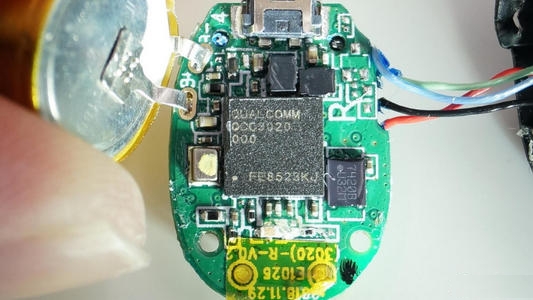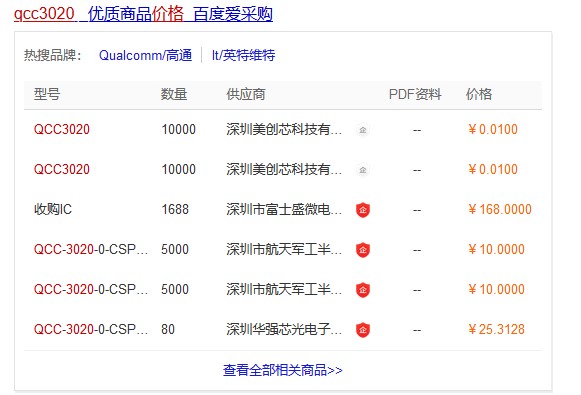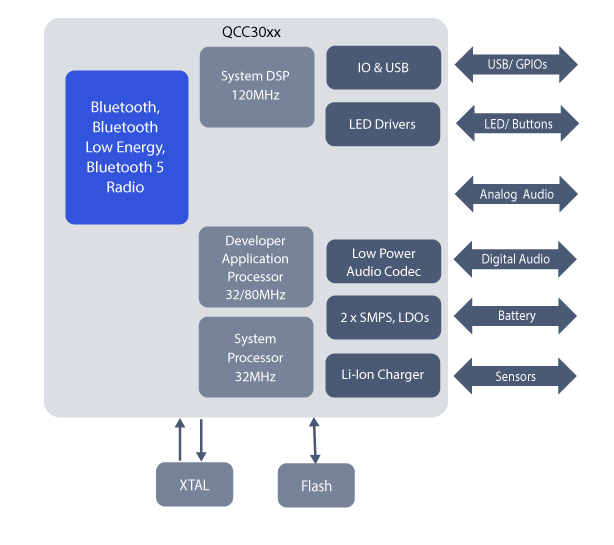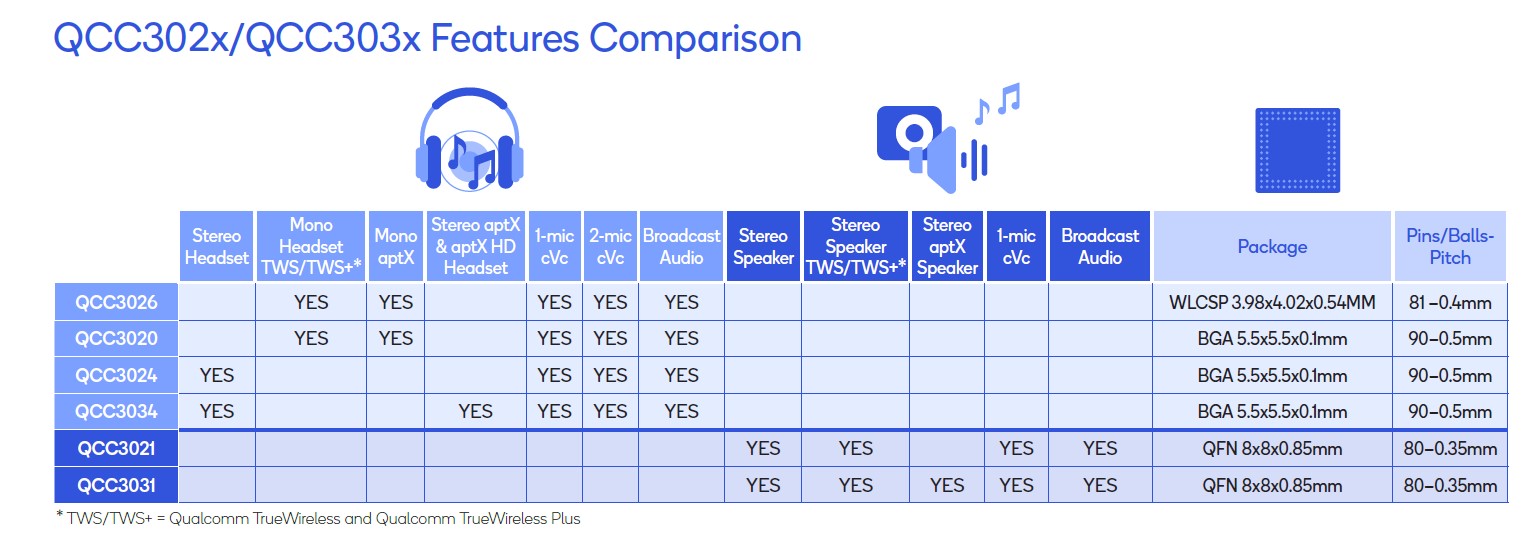 If you google the QCC3020, the search results will spill out a mountain of headphone reviews - from visual AirPods imitators to pseudo-vintage models for connoisseurs. Edifier, Tronsmart, Mifo, Pamu ... all of them are united by a small value of the native brand and Chinese origin. Let's see what kind of chip it is and why manufacturers of low-cost TWS headphones use the QCC3020 and why they are so proud of it.
If you google the QCC3020, the search results will spill out a mountain of headphone reviews - from visual AirPods imitators to pseudo-vintage models for connoisseurs. Edifier, Tronsmart, Mifo, Pamu ... all of them are united by a small value of the native brand and Chinese origin. Let's see what kind of chip it is and why manufacturers of low-cost TWS headphones use the QCC3020 and why they are so proud of it.disclaimer, - , , -. SoC , . Qualcomm , .
True Wireless Stereo
True Wireless Stereo, or TWS, is when two wireless ears work in sync, delivering music and voices to your head. Not the very first, but the most popular model was Apple AirPods, although they did not contain this acronym in the description. Technology even entered the top major technologies of the decade according to Habr’s readers.Soon, imitators of completely different price ranges appeared ( even for 500 rubles ), but the quality and ease of use left much to be desired: the ears were out of sync, a delay could have formed between the right and left ears, or the connection with one of them was lost. Qualcommcame to the rescue . In 2018, the company rolled out the SoC QCC30xx line for manufacturersfor working with Bluetooth, which support TWS, aptX and CvC (more on this below). The QCC3020 chip is the most budgetary of the presented options, but at the same time it has a minimum set for creating wireless headphones. Qualcomm does not put the price on open access. It is difficult to find prices from Chinese suppliers from the street - the spread is from 0.1 to 10 yuan (10-100 rubles), depending on the number of pieces in the order.
The QCC3020 chip is the most budgetary of the presented options, but at the same time it has a minimum set for creating wireless headphones. Qualcomm does not put the price on open access. It is difficult to find prices from Chinese suppliers from the street - the spread is from 0.1 to 10 yuan (10-100 rubles), depending on the number of pieces in the order.
SoC Features
CPU
- Frequency: up to 32 MHz
- Features: programmable CPU applications
- Architecture: 32 bits
Signal processing
- Processing RAM: 80 kB (P) + 256 kB (D)
- Technology: 1x Qualcomm Kalimba
- Frequency: 1x 120 MHz
Bluetooth
- Version: Bluetooth 5.0
- Technology: Bluetooth Low Energy sensor hub, Dual-mode Bluetooth
- Speed: 2 Mbps
Sound
- Audio Technology: Qualcomm TrueWireless Stereo, Qualcomm TrueWireless Stereo Plus, Qualcomm Broadcast Audio, Qualcomm aptX, Qualcomm cVc
- Qualcomm cVc noise reduction: Up to two microphones
Chip form factor
- Type: VFBGA
- Pins: 90
- Physical Size: 5.5 x 5.5 x 1 mm
 Please note that among the highlighted headphone functions there is, for example, “calling a voice assistant by pressing a button” - this and other functions were implemented by up to a single headphone manufacturer on the QCC3020, so the reviews of such headphones are so similar to each other.
Please note that among the highlighted headphone functions there is, for example, “calling a voice assistant by pressing a button” - this and other functions were implemented by up to a single headphone manufacturer on the QCC3020, so the reviews of such headphones are so similar to each other. Interestingly, in the illustration from the chip review document , the 3020 does not have Stereo Headset support, although the headphones definitely work in stereo mode.
Interestingly, in the illustration from the chip review document , the 3020 does not have Stereo Headset support, although the headphones definitely work in stereo mode.Noise Reduction CvC
Qualcomm CvC - “Active Noise Cancellation ” is mentioned in the description of almost all QCC3020 headphones , and some even present it as ANC (Active Noise Cancelling).CvC stands for Clear Voice Capture , QCC3020 uses CvC 8.0. Unlike ANC, CvC does not suppress the sounds of the environment around you. It is needed for the clear transmission of voice to the subscriber with whom you are talking. The QCC3020 chip supports two pairs of microphones for each earphone, which are used to separate background sounds from speech, and your interlocutor will really hear a cleaner voice, but for you it will not be obvious.Qualcomm did the same for the Chinese wireless headphones market as Android did for the Chinese smartphone market: overnight, instead of Frankenstein with a TV and self-written Java applications, we got real smartphones with applications, and now instead of dumb creaking plugs we have a wide selection of inexpensive and high-quality headphones for every budget.